
Forum 2000 - The World We Want to Live In
Source
Zdena Zedníčková, Fakulta umění a architektury, Technická univerzita Liberec
Zdena Zedníčková, Fakulta umění a architektury, Technická univerzita Liberec
Publisher
Tisková zpráva
21.01.2011 10:40
Tisková zpráva
21.01.2011 10:40
For each Forum 2000 conference, a poster is created that visually expresses the theme of the conference. The design is usually undertaken by renowned Czech advertising agencies and graphic studios. However, this time we decided to accept the offer from students of the Faculty of Arts and Architecture in Liberec, who prepared a series of posters depicting their visions of the future Prague. From more than 50 designs, we, together with the students, selected five that we believe best illustrate this year's conference “The World We Want to Live In”.
The World We Want to Live In
What should the world we want to live in look like? This seemingly simple question reveals itself to be unexpectedly tricky when we attempt to answer it. We usually tend to start by calculating what the world should not look like. We have quite clear ideas about that. Every day, we are flooded by a large number of images of the world in which we do not want to live through the media. Therefore, defining the world we do not want to live in is a piece of cake for us. However, when we ask how the world we want to live in should look like, our ideas stop being clear and sharp; its outlines fade into mist. Perhaps this is partly because we do not encounter images of the world in which we would like to live so often in our daily lives, and our ideas have not much to lean on. Few can clearly define and visualize it, let alone publicly present it.But how do we want to build the world we want to live in when we do not know exactly what it should look like? An architect can hardly build a house if they only have the initial conceptual sketch. It is necessary to develop this vague emotional idea into precise plans, verify the functionality of all connections, and further elaborate it into detailed implementation drawings, supported by specific calculations, so that successful realization can take place. (One could certainly argue that traditional indigenous dwellings do not require such complicated procedures and still provide a quality, fully functional living environment. However, this objection would signify a misunderstanding of the significance of the stated analogy.) A future grown without an idea of what it should look like resembles a slum on the outskirts of a megacity in the developing world. And that probably would not be the world we would wish to live in.
Therefore, we strive to give our visions of the future clearer outlines and bring them for the inspiration of the general public. To create a visual basis that stimulates imagination, which would gradually begin to replace images of the world in which we do not want to live, nestled in our minds, with newly constructed images of the world in which we would like to live. I believe that architects should participate in the process of visualizing the possible form of the future world, showing and offering various possibilities, especially because the urbanized environment forms the framework and backdrop for a large part of human activities (at least for half of the global population that lives in cities today). We would like to contribute to the process aimed at defining the shape of the world in which we want to live. When we are able to create a clearer idea of what such a world could look like when we know how we want it to look, we will also be closer to starting its realization.
To this end, we have gathered around fifty student projects that focused on the Future of Prague. From this, a final five were selected. These projects emerged from the following semester assignments at the Faculty of Art and Architecture of the Technical University of Liberec (FUA TUL).
Zdena Zedníčková, Faculty of Art and Architecture, Technical University of Liberec
The English translation is powered by AI tool. Switch to Czech to view the original text source.
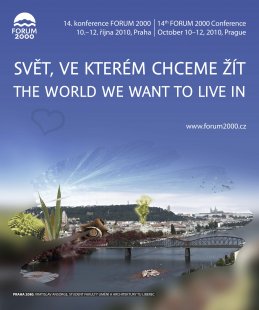
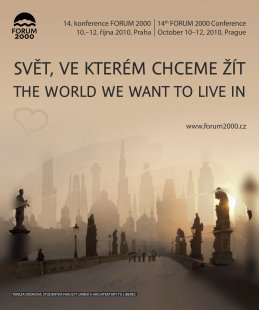
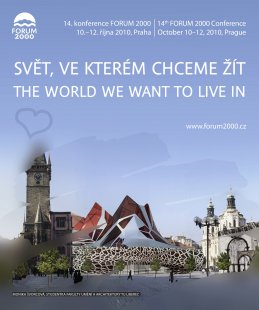
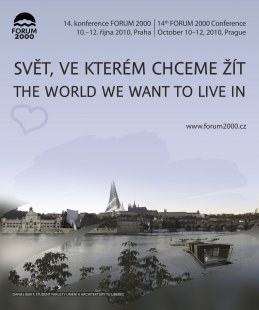
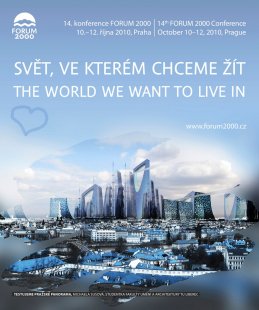
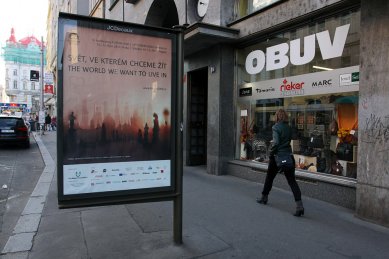
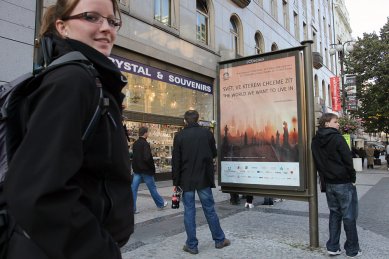
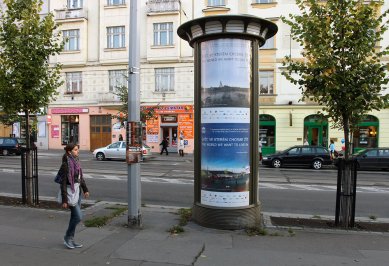
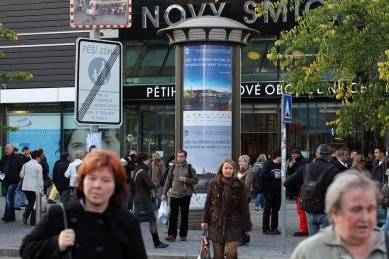
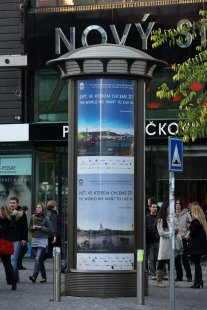
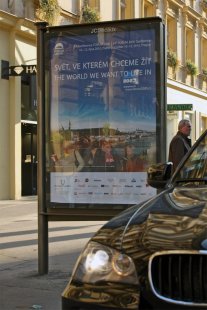
0 comments
add comment







